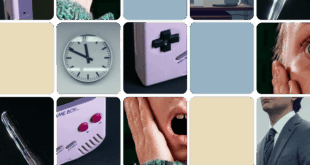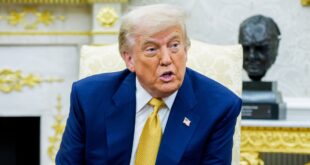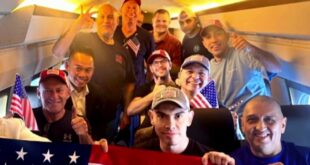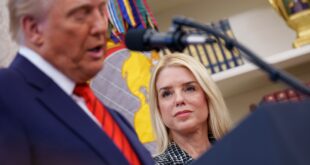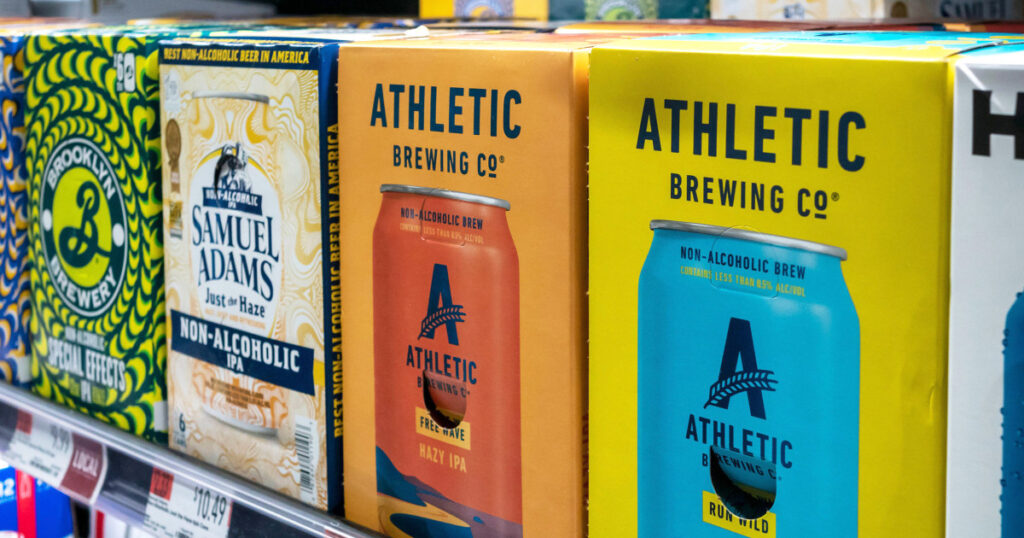
Beer has long been king on Super Bowl Sunday, but this year more Americans may be reaching for alcohol-free brews.
U.S. sales of nonalcoholic beer, wine and spirits surged 26% over the past year to top $800 million, according to the market research firm NIQ.
Traditional alcohol sales, on the other hand, fell for the first time in three years, though by a modest dip of less than 1%. Consumers report drinking less than they did during the pandemic, with 58% telling Gallup pollsters in mid-2024 that they consumed alcohol, down from 67% in mid-2022.
Economic pressures and health consciousness are driving these trends, according to Kaleigh Theriault, alcohol and beverage thought leader at NIQ.
“We do see that inflation has impacted purchasing,” she said, nodding to households’ growing focus on bang for the buck over the past year or so. In addition, “consumers have opted for a moderation mindset, where they may have overconsumed to their liking during the at-home period during Covid, and coming out of that, they were a little more focused on health and wellness,” Theriault said.
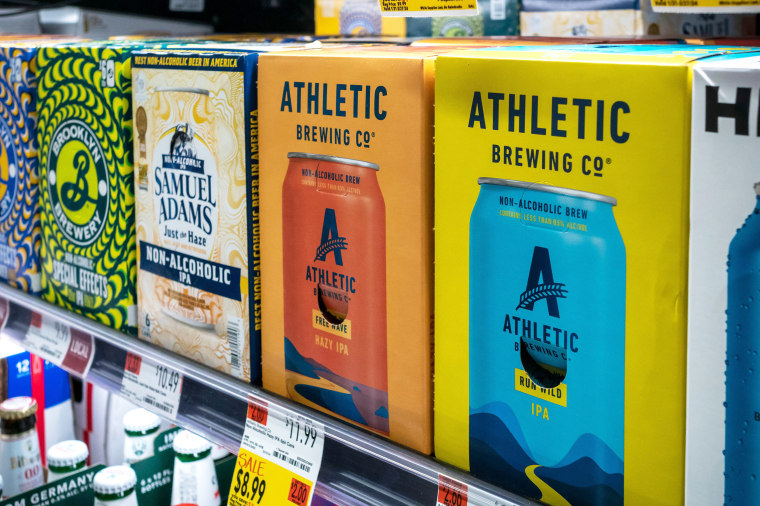
Nonalcoholic beer is by far the most popular zero-proof alternative to traditional booze, making up 84% of total sales in that growing beverage category, NIQ data shows. Bud Zero, Athletic Brewing and Heineken 0.0 are the top three brands, according to the research firm Bernstein.
Alcohol giants are pouring resources into juicing this trend, including by investing in the most expensive TV advertising airtime all year. Heineken 0.0 made history in 2023 with the first Super Bowl ad for nonalcoholic beer. This year, Michelob Ultra Zero enters the game, set to advertise when the Eagles take on the Chiefs at the Caesars Superdome in New Orleans this Sunday.
Nadine Sarwat, alcoholic beverages analyst at Bernstein, points to a simple reason for nonalcoholic beer’s success relative to counterparts like dealcoholized wine or zero-proof spirits: “It actually tastes good,” she said, citing advances in brewing technology that in many cases make these drinks tough to distinguish from traditional beer.
It helps that beer typically contains only 4%-5% alcohol, she noted, so brewers can “generate a huge amount of the flavor without the alcohol, in a way that feels very similar.”
People are trying to just have an overall even-keel experience, and I think that that involves sometimes alcohol, sometimes not.
James Wells, operations manager, Amity Hall, New York City
At Amity Hall, a sports bar in New York City’s Upper West Side that’s popular with college students, operations manager James Wells estimated one out of every 20 drinks that his staff serves are nonalcoholic beers or mocktails.
“We have basically modified our entire beverage program to accommodate more nonalcoholic drinkers,” he said.
Most people who drink zero-proof alternatives aren’t necessarily quitting booze, with NIQ finding 93% of nonalcoholic drink buyers purchase alcoholic ones, too. Instead, people use these products to cut back or avoid alcohol’s side effects. One trending consumer behavior is called “zebra-striping,” said Theriault, “where they flip back and forth between an alcohol product and a nonalcohol product in the same evening.”
Wells said younger patrons are more likely to order nonalcoholic drinks, an observation that squares with consumer research showing people under 35 drinking less than older generations did at the same age.
“I don’t think people are hitting the bar and trying to lose their minds anymore,” he said. “People are trying to just have an overall even-keel experience, and I think that that involves sometimes alcohol, sometimes not.”
A report that the U.S. surgeon general issued during the final weeks of the Biden administration flagged direct links between drinking alcohol and at least seven types of cancer. Wells said the advisory made waves among his customers last month.
“It definitely increased the conversation,” he recalled. “You could visibly see people in the bar talking about it.”
Despite the health warnings and moderation trends, Sarwat said the alcohol industry doesn’t see these consumer shifts as an existential threat.
“People became anti-tobacco” over the last few decades as consumers and policymakers responded to the overwhelming consensus around the dangers of cigarettes and secondhand smoke. But younger adults today are “not anti-alcohol,” she said, adding that she expects overall demand to remain flat or decline only gradually over time.
In the meantime, nonalcoholic products could help boost industry profits at a time when alcohol sales have been pretty anemic — and wine in particular has struggled. Alcohol-free alternatives are often priced similarly to their alcoholic counterparts, but beverage makers don’t have to pay alcohol-related excise taxes on them, which helps pad their bottom lines.
So even if nonalcoholic drinks cannibalize demand for traditional ones, Sarwat said, beverage companies are often “happy to make that trade-off.”
 Latest World Breaking News Online News Portal
Latest World Breaking News Online News Portal


